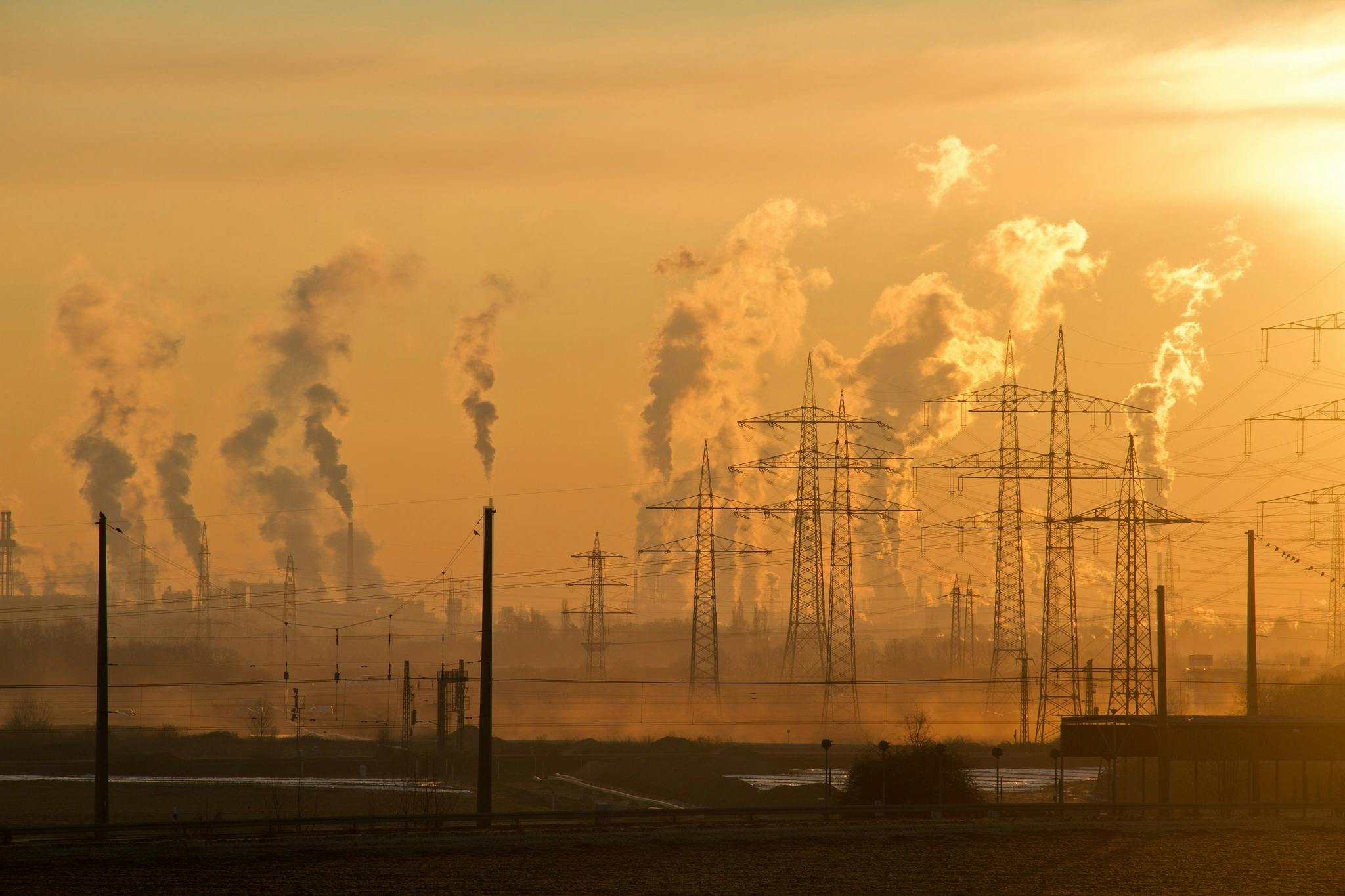In recent years, the reality of climate change has become increasingly apparent, with its effects being felt worldwide. From more frequent and severe weather events to rising sea levels and shifting weather patterns, the impacts of climate change are far-reaching and multifaceted. In the insurance industry, these changes pose significant challenges and risks, requiring innovative solutions and proactive adaptation strategies. In this comprehensive guide, we’ll delve into the various ways in which climate change is affecting the insurance sector and explore the adaptation measures being implemented to mitigate these risks.

Understanding the Risks
- Increased Frequency of Extreme Weather Events:Climate change is fueling a rise in the frequency and severity of extreme weather events such as hurricanes, floods, wildfires, and droughts. These events can result in extensive property damage, loss of life, and disruption to communities, leading to higher insurance claims and payouts. Insurers are grappling with the challenge of accurately assessing and pricing the risks associated with these events, as well as managing their exposure to climate-related losses.
- Rising Sea Levels and Coastal Erosion:Sea-level rise and coastal erosion pose significant threats to coastal properties, infrastructure, and ecosystems. As sea levels continue to rise due to melting polar ice caps and thermal expansion, insurers face mounting challenges in underwriting and pricing coastal properties. Rising sea levels increase the risk of storm surge and flooding, necessitating adjustments in insurance coverage and risk management strategies for coastal communities.
- Shifts in Weather Patterns:Climate change is causing shifts in weather patterns, including changes in rainfall patterns, temperature extremes, and seasonal variability. These shifts can have profound implications for various sectors, including agriculture, transportation, and energy production. Insurance companies must adapt to these changing conditions by refining their risk models, developing climate-specific insurance products, and promoting resilience-building measures among policyholders.
Adaptation Strategies for Insurers
- Investment in Risk Modeling and Assessment:Insurers are investing in advanced risk modeling and assessment tools to better understand and quantify the risks associated with climate change. These tools utilize data analytics, predictive modeling, and machine learning techniques to analyze historical weather data, assess future climate scenarios, and evaluate the potential impacts on insurance portfolios. By improving their risk assessment capabilities, insurers can more accurately price premiums, anticipate future losses, and develop effective risk management strategies.
- Development of Climate-Specific Insurance Products:Insurers are developing new insurance products tailored to address climate-related risks, such as flood insurance, wildfire insurance, and parametric insurance. These products provide coverage for specific climate hazards and offer policyholders greater financial protection against weather-related losses. By offering climate-specific insurance products, insurers can help mitigate the financial impacts of climate change on individuals, businesses, and communities.
- Promotion of Mitigation and Resilience:Insurers are actively promoting mitigation and resilience measures to help policyholders reduce their vulnerability to climate-related risks. These measures may include investments in disaster-resistant infrastructure, implementation of building codes and standards, adoption of green building practices, and deployment of natural hazard mitigation strategies. By incentivizing policyholders to adopt these measures, insurers can reduce the frequency and severity of weather-related losses, ultimately benefiting both insurers and policyholders.
Collaborative Partnerships
- Public-Private Partnerships:Governments, insurers, and other stakeholders are increasingly forming collaborative partnerships to address the challenges of climate change. These partnerships involve sharing data, expertise, and resources to develop innovative solutions and enhance community resilience. By working together, governments and insurers can develop more effective policies, regulations, and incentives to mitigate climate risks and promote sustainable development.
- Industry Collaboration:Insurers are collaborating with other industries, such as technology, finance, and academia, to develop cross-sectoral solutions to climate-related risks. These collaborations involve sharing knowledge, best practices, and resources to develop innovative products, services, and technologies that address climate challenges. By leveraging the expertise and resources of multiple industries, insurers can develop more comprehensive and effective strategies for managing climate risks.
Conclusion
Climate change presents significant challenges and risks for the insurance industry, ranging from increased frequency of extreme weather events to rising sea levels and shifting weather patterns. However, by implementing proactive adaptation strategies, investing in advanced risk assessment tools, and fostering collaborative partnerships, insurers can mitigate these risks and build resilience in the face of a changing climate. As the impacts of climate change continue to unfold, it’s essential for insurers to remain agile, innovative, and responsive to emerging challenges, ensuring the long-term sustainability of the insurance industry and the communities it serves.
For more information on the impact of climate change on insurance or to explore climate-specific insurance products, contact us today. Our experienced agents are here to help you understand your risks and find the right coverage for your needs.
